





Mangold
The mangold belongs to plants from family amarantovy which are closely related with sugar and fodder beet. Externally the plant is similar to spinach, has leaves up to 30 cm long of curly or direct type which are edible.
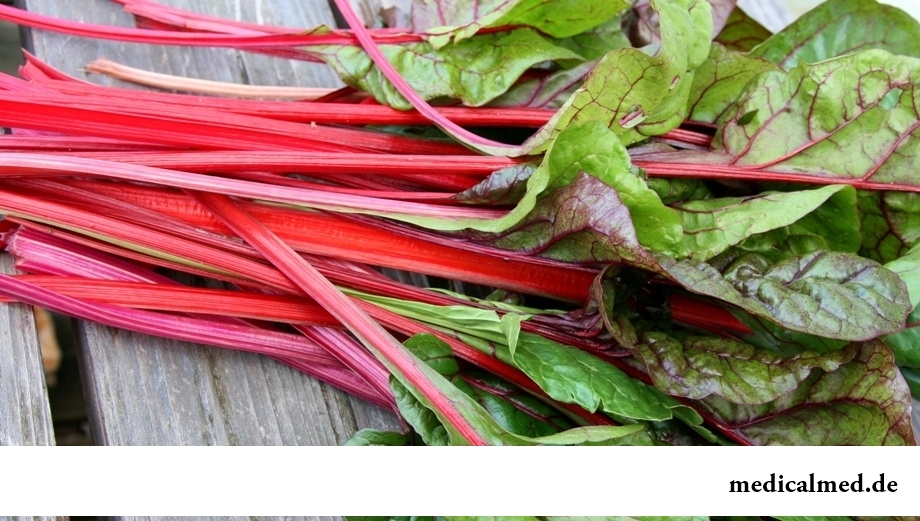
Biological features and distribution
Distinguish two main types of a mangold – stem and шнитт. Stem the plant type for the first time appeared in Switzerland and is similar to an asparagus. It has a reddish color of streaks, fleshy and fragrant leaves which eat.
Shnitt-mangold deciduous type represents a frost-resistant, early plant which is similar to the socket and has friable leaves. Sheet grades of a mangold need to be sowed on not acid soils with good humidity at distance about 20 cm from each other, then the plant will have large leaves and pleasant taste.
A large number of grades of a mangold is widespread in countries of Western Europe and Latin America, India, the Baltics, Japan, the western regions of Russia and Ukraine.
Mangold caloric content
The mangold contains vitamins of group A, E and K, sodium, magnesium, potassium and iron. In roots of a plant there is a lot of sugar, also as in sugar beet.
Caloric content of a mangold makes 19 kcal. Each plant contains 1,7 g of proteins, 0,2 g of fats and 3 g of carbohydrates, and also fatty acids of 0,03 g, disaccharides of 1 g, ashes and water.
Useful properties of a mangold
The advantage of a mangold is high and was described in ancient treatises on medicine where it was specified that juice of leaves of a plant is laxative, diuretic and fortifying means, and also helps for treatment of dandruff.
Fleshy and juicy leaves of a mangold are vitamin-rich the PP, A, B and E groups, and also contain a large amount of nitrogenous substances, organic acids, phosphorus, calcium, iron, lithium, potassium and carbohydrates.
The advantage of a mangold remains at its use in salads, soups, cold dishes and ragout. Scapes of a plant can be boiled or roasted in oil, and also to ferment together with cabbage.
Thanks to useful properties the mangold is effective for treatment of an urolithiasis, hypotonia, a diabetes mellitus and anemia.
At regular consumption of a mangold work of cardiovascular system, a liver, brain and lymphatic system improves. The plant strengthens immunity and strengthens protective functions of an organism.
The mangold is useful as a part of dietary food to preparation of borsches, salads and snack. At constant addition of a plant in various dishes slags and harmful substances are removed from an organism.
Preparation of a mangold
The mangold is popular worldwide, and also is a part of a set of dishes not only as the main ingredient, but also for ornament. On leaves of a mangold it is possible to spread various snack, salads and meat dishes. The Svezhesrezanny mangold perfectly is suitable for salads and garnishes.
Traditional Italian dish is Byeta salad with fleshy and juicy leaves of this plant. Also in many countries of Europe beetroot soups, vinaigrettes, soups and aspics with addition of this plant are popular. Scapes of a mangold are used for conservation of cucumbers and other vegetables.
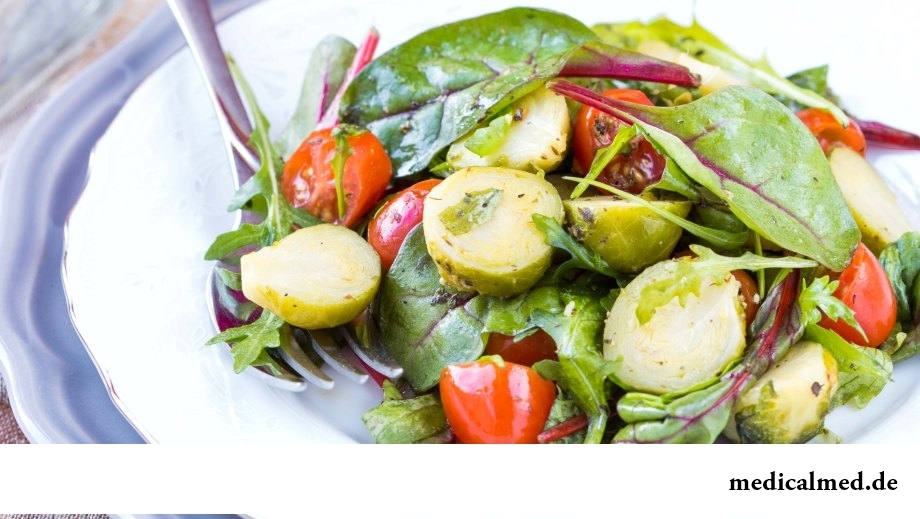
Contraindications to the use
The mangold should not be eaten at individual intolerance and existence of allergic reactions. This plant can make drowsiness, sick and vomiting, a sharp lowering of arterial pressure as it contains many volatiles.
It is not recommended to use in a large number juice of leaves of this plant which can cause decrease in pulse, dizziness and a headache.
Our kidneys are capable to clear three liters of blood in one minute.

Modern footwear is extremely various. It stopped being only protection for legs long ago. Today shoes, boots, barefoot persons in...
Section: Articles about health
The advantage of swimming for the person is so high that this sport is not only the most popular, but also is widely applied in medicine and rehabilitation processes. If you look for for yourself the occupation allowing pleasantly and to spend time, then swimming with advantage...
Section: Slideshow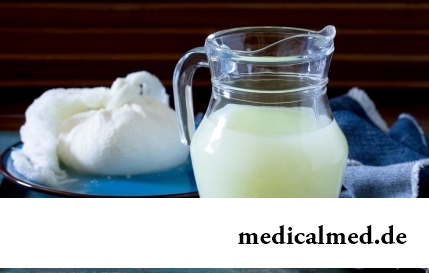
Milk and products of its processing by right occupy one of the main places in a diet of the modern person. They contain proteins, necessary for normal life activity, fats, vitamins and microelements, and are an important part of various medical diets....
Section: Articles about health
Long time antibiotics were considered as a panacea from all diseases and were appointed even at insignificant symptoms of an infection. Even now...
Section: Articles about health
An eye of the person daily experiences considerable strain. The problem of preservation of sight is for many years directly connected with a question of supply of tissues of eye enough oxygen and nutrients. This task is carried out by small vessels – capillaries. For holes...
Section: Articles about health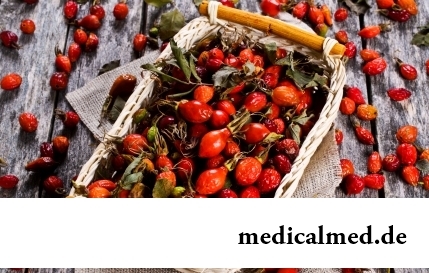
Dogrose – one of the most widespread adornment and medicinal plants growing practically in all territory of our country. To most of Russians it is a beautiful bush it is known, first of all, as a source of fruits, extremely vitamin-rich. However curative properties of a dogrose are not limited to it at all. About how still it is possible to use a plant in the medical purposes, we will tell today....
Section: Articles about health
Since the moment when the child becomes a school student, his sight begins to be exposed to the strengthened loadings which are supplemented viewing...
Section: Articles about health
Epilepsy is one of widespread neurologic diseases. Parents, whose children suffer from this illness, should face rumors and delusions, many of which remained since the Middle Ages....
Section: Articles about health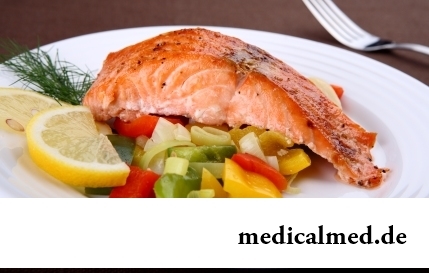
Diseases of joints often begin imperceptibly for the person. The first stages of destruction of the cartilaginous tissue providing soft and free sliding of heads of bones in joint bags proceed slowly and absolutely without serious consequences. Especially unpleasantly for the fact that this process is not connected with advanced age: degradation of joint surfaces is, as a rule, noticeable after 30 years. It means that practically each able-bodied person at any time can face sad results...
Section: Articles about health
It seems, quite recently you brought the baby from maternity hospital, but time flew by, and here it is already going to join the first...
Section: Articles about health
High temperature - a frequent symptom of such widespread diseases as a SARS, quinsy, pneumonia, etc. To reduce heat, having facilitated a condition of the patient, doctors recommend to accept antipyretics, however their use is not always possible. Too h...
Section: Articles about health
The pancreas performs two functions in a human body: release of enzymes without which digestion of carbohydrates, fats and proteins, and a producing hormones is impossible. The most important of them - insulin, is the main participant of carbohydrate metabolism normalizing processes of education and utilization of glucose, the main energy source for an organism....
Section: Articles about health
According to doctors, more than a half of men of 25-50 years suffer from frustration of the urinogenital sphere, but sees a doctor from them меньшинс...
Section: Articles about health
A lot of things depend on a condition of a backbone in a human body, a backbone - not only a support for a body, it also a receptacle for a spinal cord, that is why malfunctions with a backbone are so dangerous. To treat rachis diseases very difficult and long...
Section: Articles about health
No, probably, the person who would not have cold. Cold, cough, a headache – these symptoms are known to everyone. The peak of catarrhal diseases is the share of fall. SARS already came to schools and kindergartens, flu slowly makes the way to the cities, in a word, winter close!...
Section: Articles about health
Hemorrhoids – extremely widespread disease. Periodically arising inflammations and bleeding of hemorrhoidal nodes пр...
Section: Articles about health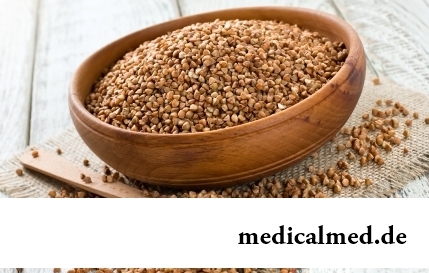
History of cultivation of a buckwheat contains more than five thousand years. Grain which is received from this plant is used for preparation of porridges, soups, baked puddings and puddings, do flour which is one of the main ingredients of the noodles popular in of it...
Section: Articles about health
All got used long ago that, having addressed the plastic surgeon, it is possible to modify natural parameters of a figure or to minimize the damages put to appearance with ruthless time. Many people (preferential women) worldwide annually decide on operations such. However there are also much more exotic interventions which are carried out seldom so far and cost expensive very much. We bring the story about the most unusual of them to your attention....
Section: Articles about health
Childbirth is the most important event in life of each woman. We are women we give birth to the new little man on this light. Now...
Section: Articles about health
You heard that laughter prolongs life? Researchers did not manage to establish longevity direct link with sincere fun yet, but several facts confirming beneficial influence of risibility on the state of health are clinically proved....
Section: Articles about health
Women quite often suffer from complexes concerning the sizes of the bust. Strangely enough, not too modest, and excessively curvy shapes become the reason of sincere discomfort sometimes. Except psychological problems, the big bust sometimes creates also quite notable malfunctions with health: his owner can feel muscular dorsodynias, feeling of constant fatigue and difficulty of breath. Over time excess loading leads to development of diseases позвоночн...
Section: Articles about health
Partial and the more so full loss of hearing significantly reduces quality of life. Difficulties with communication lead to loneliness and замкн...
Section: Articles about health
The majority of gynecologic diseases prove three main signs, each of which speaks about need of a visit to the gynecologist. Certainly, it is possible to establish the exact diagnosis only after inspection, but on the basis of some signs it is possible пр...
Section: Articles about health
The depression not without reason is considered one their main troubles of our century: for scientific and technical progress, acceleration of rate of life and a surplus of information of people it is forced to pay with stresses, negative emotions and weakening of protective forces of an organism. As a result widely the states which are characterized by the increased uneasiness, falling of interest in life, spiritual and physical discomfort extend....
Section: Articles about health
Tuberculosis – a serious infectious disease which development is caused by mycobacteria (Koch's bacilli). The illness is known from a deep d...
Section: Articles about health
Practice of hypnotic impact on consciousness of the person contains about two millennia. During this time scientists managed to learn a lot of things about a phenomenon of hypnosis and learned to facilitate a condition of the patients having heavy illnesses with its help....
Section: Articles about health
Life of the modern child is extremely active and difficult. Information strain which is experienced by the school student and did not dream pupils of last times. Careful parents, wishing well to the children, will organize a set of additional classes in circles, sports sections and music schools. In such situation the child needs continuous care and good nutrition to keep health and high performance....
Section: Articles about health
